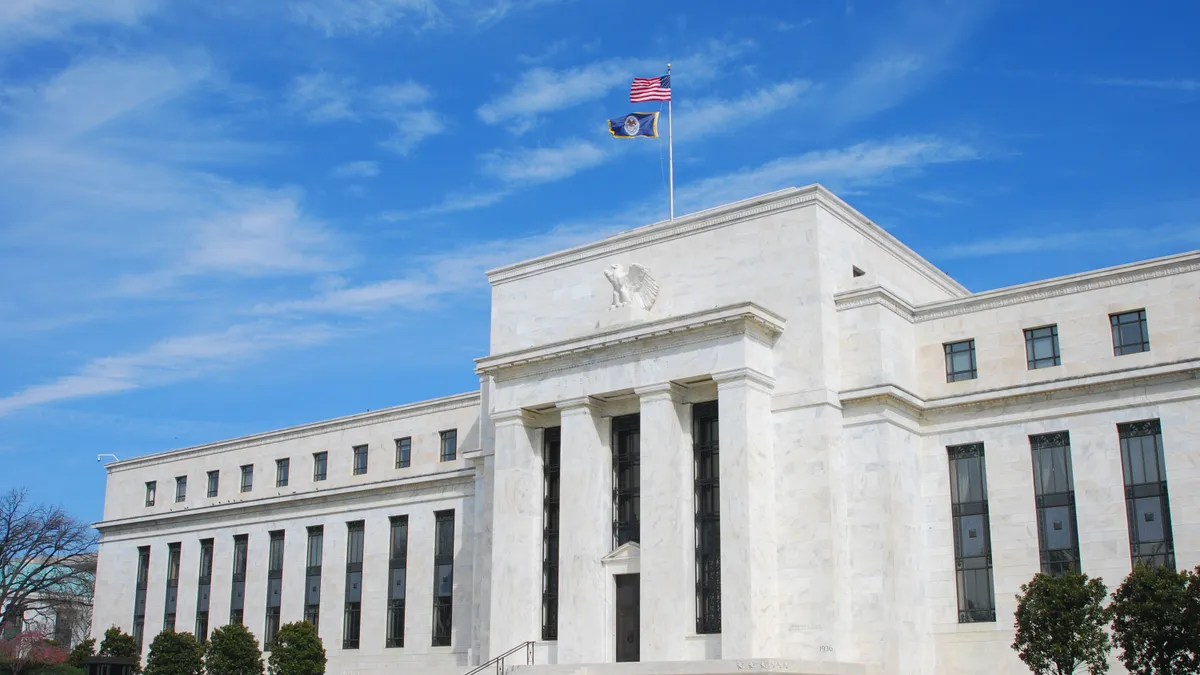Dive Brief:
- Truist plans to close 72 locations, or 3.5% of its branch network, by March, as the Charlotte, North Carolina-based bank responds to changes in client behavior, branch traffic and transaction volume, a bank spokesperson said Wednesday in a statement to Banking Dive.
- The firm said it sent customers a letter in mid-December explaining the branch closures and identifying the next nearest location at which they can bank.
- Truist’s decision to pare back its brick-and-mortar locations, which was first reported by American Banker, comes as the lender is executing a $750 million cost-cutting plan.
Dive Insight:
Truist did not respond to Banking Dive’s request for a list of branches that are expected to close.
A Truist spokesperson told American Banker that nine branches are set to close in North Carolina and seven in the Washington, D.C., metropolitan area. The firm is expected to shutter branches in Alabama, Georgia, Kentucky, Maryland, North Carolina and West Virginia, the publication reported.
The Atlanta Business Chronicle reported that the lender will close eight branches in Georgia, including four in Atlanta.
“For the vast majority of branches that are closing, clients will have access to a branch about two and a half miles away on the average,” Brian Davis, director of consumer and small business banking communications, said in a statement. “In response to our clients’ evolving preferences, these decisions create additional opportunities for investment in our digital capabilities.”
Following the closures, Truist will operate 1,900 branches and 2,900 ATMs, Davis said.
“We understand that in-person service and caring conversations are still important to many of our clients,” Davis said.
Truist CEO Bill Rogers announced plans to consolidate the bank’s branch network in September, part of the firm’s efforts to shave $750 million off gross costs over the next 12 to 18 months.
The firm, which was formed after BB&T’s $28 billion acquisition of SunTrust in 2019, has struggled to realize some of the cost savings that executives had projected as a result of the merger.
At the time of the merger’s announcement, bank executives had pledged the deal would achieve $1.6 billion in annual net savings by early 2022, but systems integrations and branch consolidation delays forced leadership to revise that target. The bank said it eventually hit its goal at the end of 2022.
Part of the bank’s savings plan includes trimming $200 million by 2025 through reducing tech spend. Plans to consolidate its branch network, certain business lines, and to cut four division heads will save Truist an additional $250 million, the firm said.
Planned job cuts are expected to save the firm roughly $300 million annually, according to a presentation Rogers and CFO Mike Maguire gave during the Barclays Global Financial Services Conference in September.














